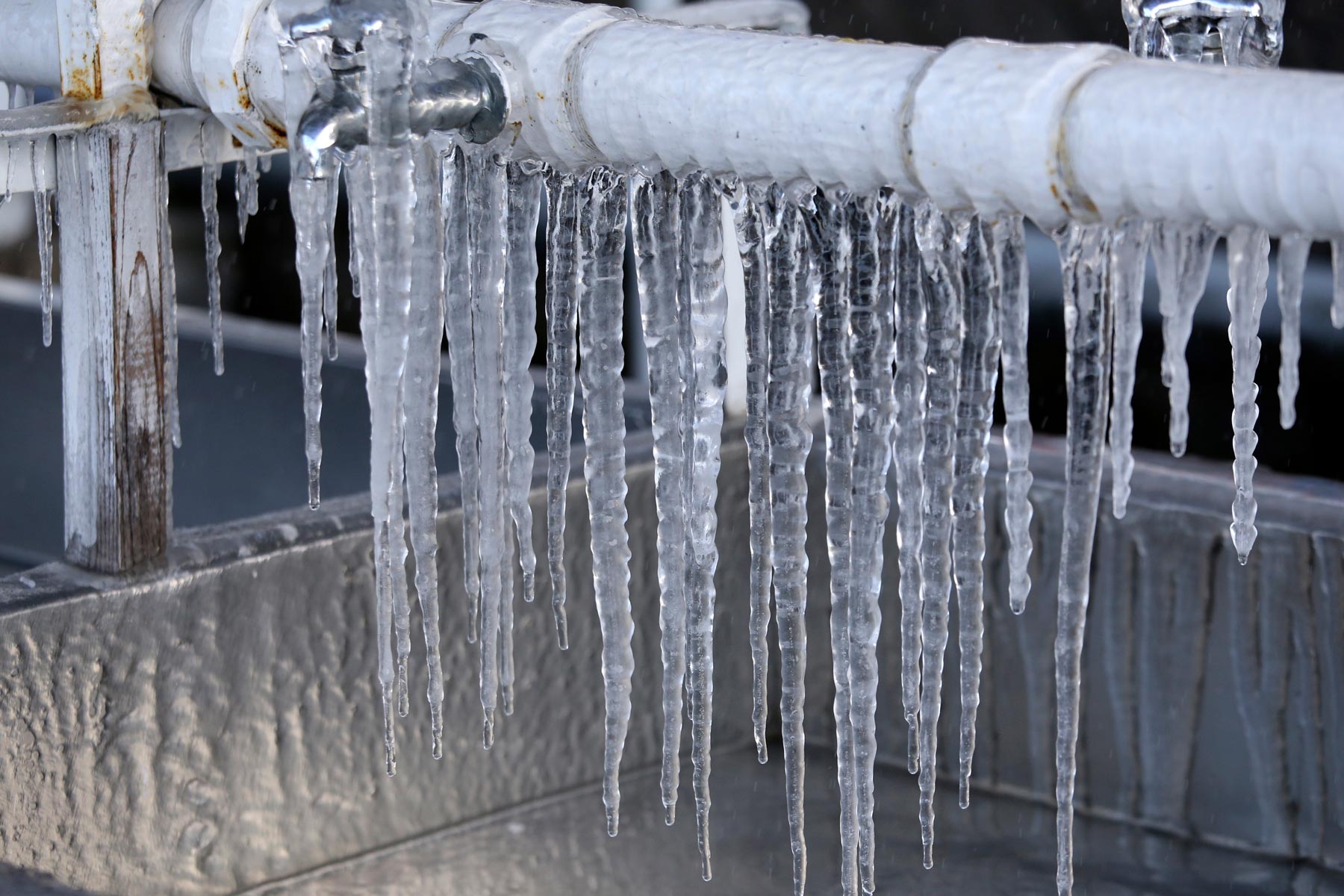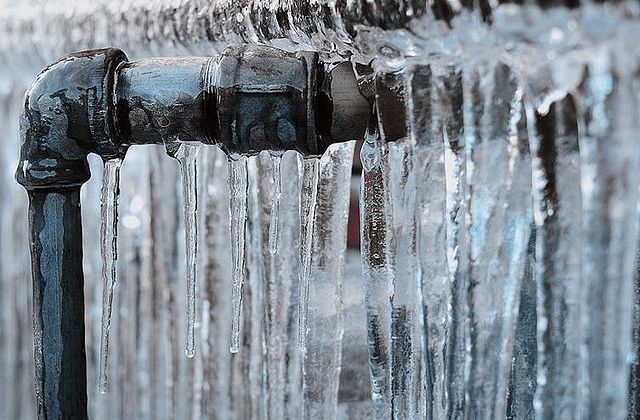Just how do you really feel about Winter Plumbing Precautions: Preventing Frozen Pipes?

Cold weather can wreak havoc on your plumbing, particularly by freezing pipes. Here's just how to avoid it from taking place and what to do if it does.
Introduction
As temperature levels decrease, the danger of icy pipes boosts, possibly leading to expensive fixings and water damage. Understanding how to prevent frozen pipes is critical for house owners in cool climates.
Recognizing Icy Pipes
What triggers pipelines to ice up?
Pipelines freeze when exposed to temperatures listed below 32 ° F (0 ° C) for expanded periods. As water inside the pipes freezes, it broadens, taxing the pipeline wall surfaces and possibly triggering them to rupture.
Dangers and damages
Frozen pipes can lead to supply of water interruptions, building damages, and expensive fixings. Ruptured pipes can flood homes and create substantial structural damages.
Indications of Frozen Piping
Recognizing icy pipelines early can prevent them from breaking.
Exactly how to determine icy pipelines
Try to find lowered water circulation from faucets, unusual odors or noises from pipelines, and visible frost on subjected pipelines.
Prevention Tips
Protecting prone pipelines
Cover pipelines in insulation sleeves or utilize warm tape to secure them from freezing temperatures. Concentrate on pipelines in unheated or exterior locations of the home.
Home heating techniques
Keep interior spaces appropriately warmed, especially locations with pipes. Open up cupboard doors to enable warm air to circulate around pipes under sinks.
Protecting Exterior Pipes
Garden hose pipes and outdoor taps
Detach and drain yard pipes before winter. Mount frost-proof spigots or cover exterior faucets with insulated caps.
What to Do If Your Pipelines Freeze
Immediate actions to take
If you suspect frozen pipes, maintain faucets available to eliminate stress as the ice melts. Use a hairdryer or towels taken in warm water to thaw pipes slowly.
Long-Term Solutions
Architectural modifications
Think about rerouting pipes away from exterior wall surfaces or unheated areas. Add added insulation to attic rooms, basements, and crawl spaces.
Upgrading insulation
Buy top quality insulation for pipes, attics, and walls. Appropriate insulation assists preserve constant temperature levels and minimizes the danger of frozen pipes.
Conclusion
Avoiding frozen pipelines needs positive steps and quick feedbacks. By recognizing the causes, signs, and safety nets, house owners can safeguard their pipes throughout cold weather.
5 Ways to Prevent Frozen Pipes
Drain Outdoor Faucets and Disconnect Hoses
First, close the shut-off valve that controls the flow of water in the pipe to your outdoor faucet. Then, head outside to disconnect and drain your hose and open the outdoor faucet to allow the water to completely drain out of the line. Turn off the faucet when done. Finally, head back to the shut-off valve and drain the remaining water inside the pipe into a bucket or container. Additionally, if you have a home irrigation system, you should consider hiring an expert to clear the system of water each year.
Insulate Pipes
One of the best and most cost-effective methods for preventing frozen water pipes is to wrap your pipes with insulation. This is especially important for areas in your home that aren’t exposed to heat, such as an attic. We suggest using foam sleeves, which can typically be found at your local hardware store.
Keep Heat Running at 65
Your pipes are located inside your walls, and the temperature there is much colder than the rest of the house. To prevent your pipes from freezing, The Insurance Information Institute suggests that you keep your home heated to at least 65 degrees, even when traveling. You may want to invest in smart devices that can keep an eye on the temperature in your home while you’re away.
Leave Water Dripping
Moving water — even a small trickle — can prevent ice from forming inside your pipes. When freezing temps are imminent, start a drip of water from all faucets that serve exposed pipes. Leaving a few faucets running will also help relieve pressure inside the pipes and help prevent a rupture if the water inside freezes.
Open Cupboard Doors
Warm your kitchen and bathroom pipes by opening cupboards and vanities. You should also leave your interior doors ajar to help warm air circulate evenly throughout your home.

I am very eager about How to Prevent Your Pipes From Freezing and I am hoping you enjoyed my blog entry. Sharing is good. Helping others is fun. I cherish your readership.
Click Here